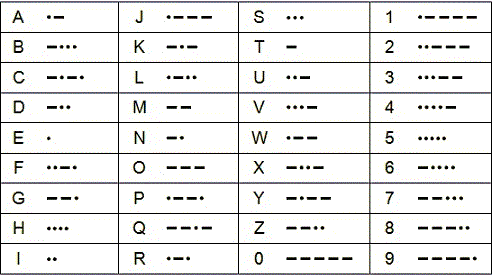Blank
- Acceptable Group Policy - a feature of the Microsoft Windows NT family of operating systems that controls the working environment of user accounts and computer accounts
- Aircrack-ng - a network software suite consisting of a detector, packet sniffer, WEP and WPA/WPA2-PSK cracker and analysis tool for 802.11 wireless LANs. It works with any wireless network interface controller whose driver supports raw monitoring mode and can sniff 802.11a, 802.11b and 802.11g traffic
- Approval Process - the method an organization uses to approve anything from documents, invoices, budgets, and purchase orders, to a new process that a company wants to institute
- Archive - place or store (something)
- Backup - an extra copy of data from a computer
- Business Continuity Plan (BCP) - the process of creating systems of prevention and recovery to deal with potential threats to a company. In addition to prevention, the goal is to enable ongoing operations before and during execution of disaster recovery
- Chain of custody - a document that is borrowed from law enforcement that tracks evidence from the time the Computer Forensics Examiner gains possession of the item until it is released back to the owner
- Change management - the control of the supply chain as a process from supplier to manufacturer to wholesaler to retailer to consumer. ... In computing, SCM typically is used in reference to software applications that enable more efficient management of the supply chain
- Change management team – Team that does change management
- Change request - a message sent between objects.
- Cold site - a business location that is used for backup in the event of a disruptive operational disaster at the normal business site.
- Computer forensics – forensics on a computer
- Contingency plan - A plan involving suitable backups, immediate actions and longer term measures for responding to computer emergencies such as attacks or accidental disasters. ... Also called a "disaster plan," a contingency plan must be updated periodically
- Disaster recovery – Recovery for a disaster
- Documentation – Recording what has been done
- Electronic discovery - refers to any process in which electronic data is sought, located, secured, and searched with the intent of using it as evidence in a civil or criminal legal case
- Electrostatic discharge (ESD) – Discharge that can harm you from working on computers
- Exit plan – Plan for exit
- Fail closed - is when a device or system is set, either physically or via software, to shut down and prevent further operation when failure conditions are detected
- Fail open - does not shut down when failure conditions are present. Instead, the system remains “open” and operations continue as if the system were not even in place. This strategy is used when access is deemed more important that authentication
- First responder – First people to respond to an emergency
- Forensics report – Report from forensics
- Ground loop - occurs when two points of a circuit both intended to be at ground reference potential have a potential between them.
- Heating, ventilation, and air conditioning (HVAC) – Cooling and heating systems
- High availability (HA) – Availability that is high
- Hot site - a commercial disaster recovery service that allows a business to continue computer and network operations in the event of a computer or equipment disaster
- Incident - an event that is not part of normal operations that disrupts operational processes
- Incident response – Response to an incident
- Legal hold - a situation wherein a business or organization makes changes to its method of records management in order to preserve information because of a pending litigation
- Maintenance window – Windows for maintenance
- Material safety data sheet (MSDS) – Data sheet that shows safety for materials
- Memorandum of understanding (MOU) - A metric used to compute billing and/or statistics for telephone calls or other network use
- Metasploit - An open source attack framework
- Microsoft baseline security analyzer (MBSA) – Baseline security analyzer developed by Microsoft
- Multi-source agreement (MSA) – Agreement with multiple sources
- Nessus - an open-source network vulnerability scanner that uses the Common Vulnerabilities and Exposures architecture for easy cross-linking between compliant security tools
- Network access policy – Access policy for a network
- Nmap - a free and open-source network scanner
- Penetration testing (PENTEST) – testing on a device to see if it can be penetrated or not
- Recovery point objective (RPO) – Objective for recovery points
- Recovery time objective (RTO) – Objective for time points
- Risk management - the process of identifying, assessing and controlling threats to an organization's capital and earnings
- Security policy – Policy for security
- Service level agreement (SLA) – Level agreement for services
- Single point of failure – Point where the failure occurs
- Statement of work (SOW) - a document that enables offeror's to clearly understand the government's needs for the work to be done in developing or producing the goods or services to be delivered by a contractor
- Succession planning – Planning for succession
- Virtual IP – Virtual Internet Protocol
- Vulnerability management – Management for vulnerability
- Vulnerability scanner – Scanner that scans for vulnerability in your device
- Warm site - a type of facility an organization uses to recover its technology infrastructure when its primary data center goes down


